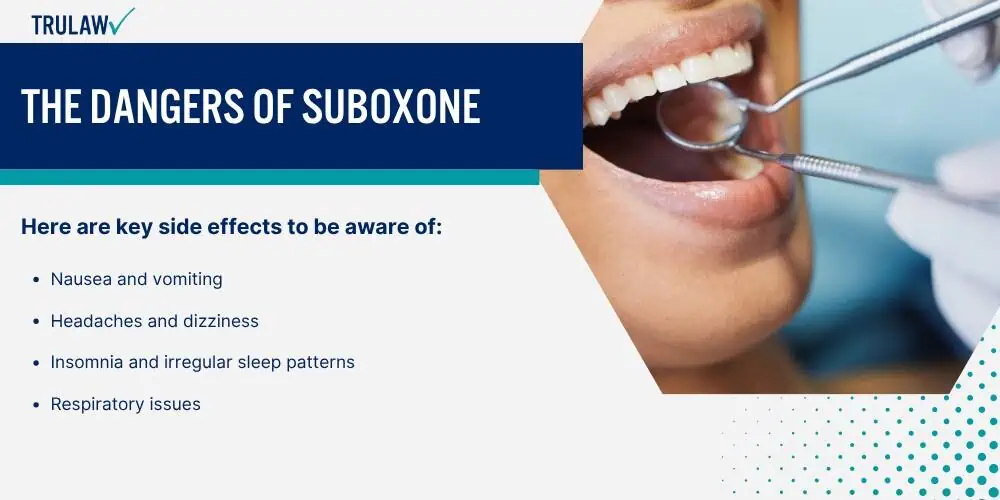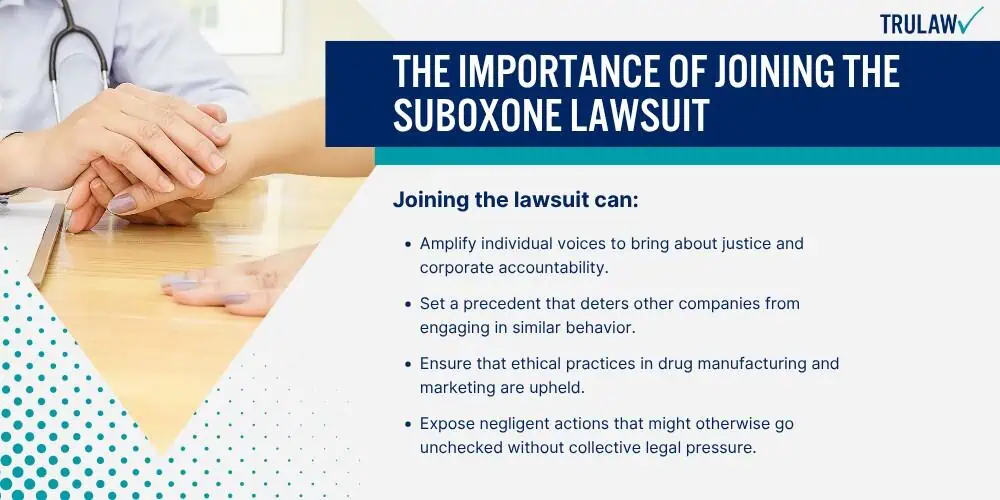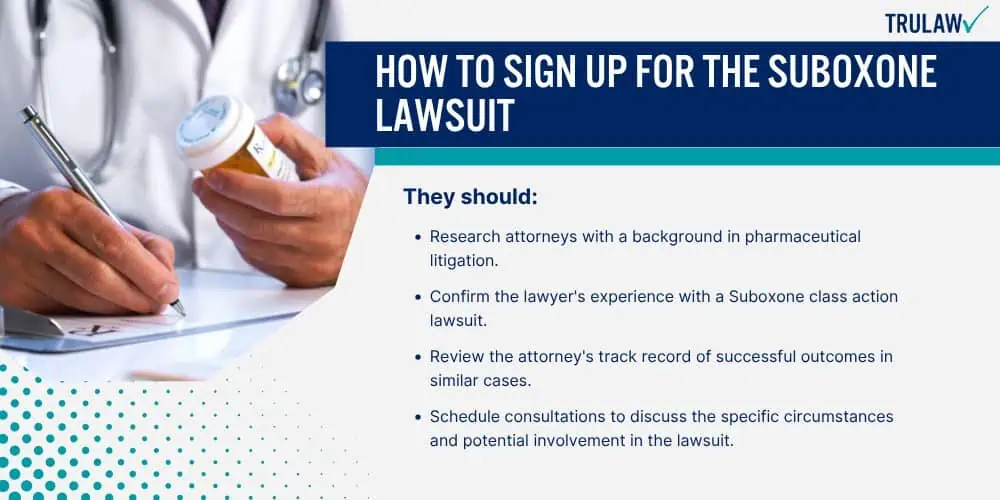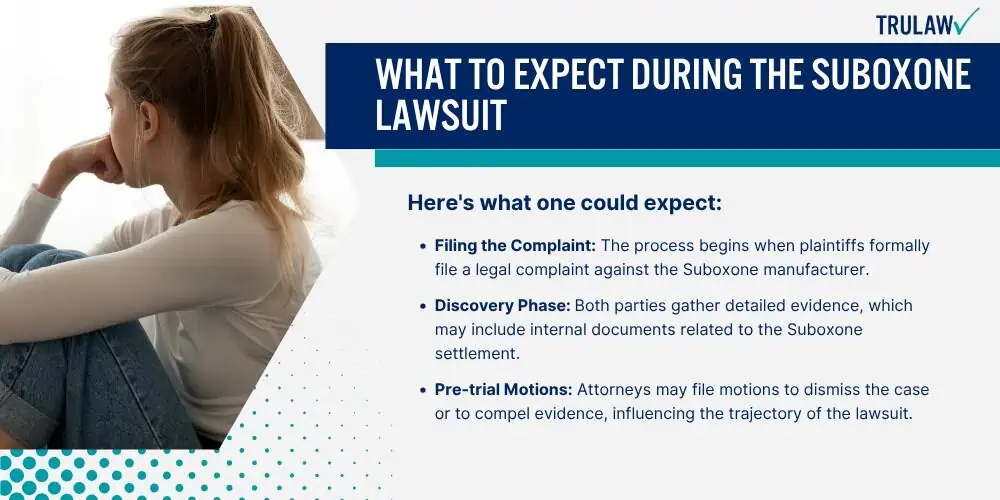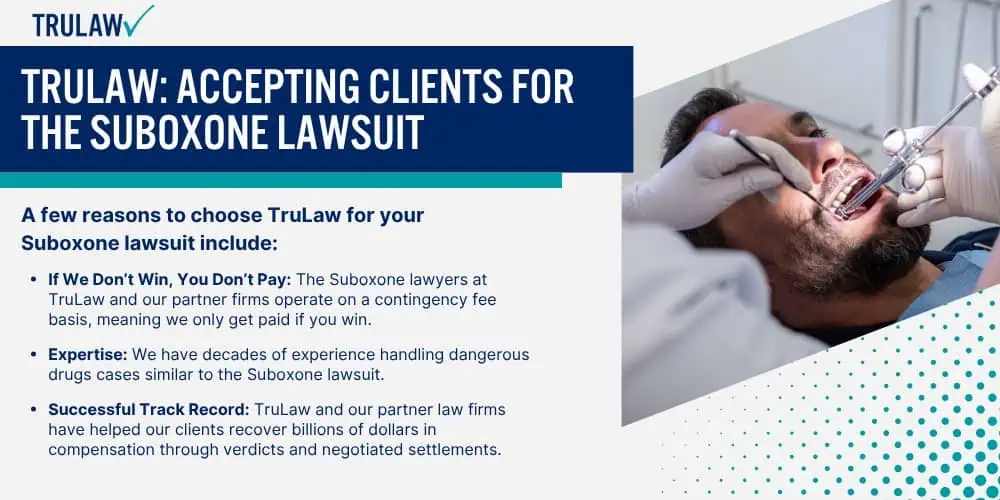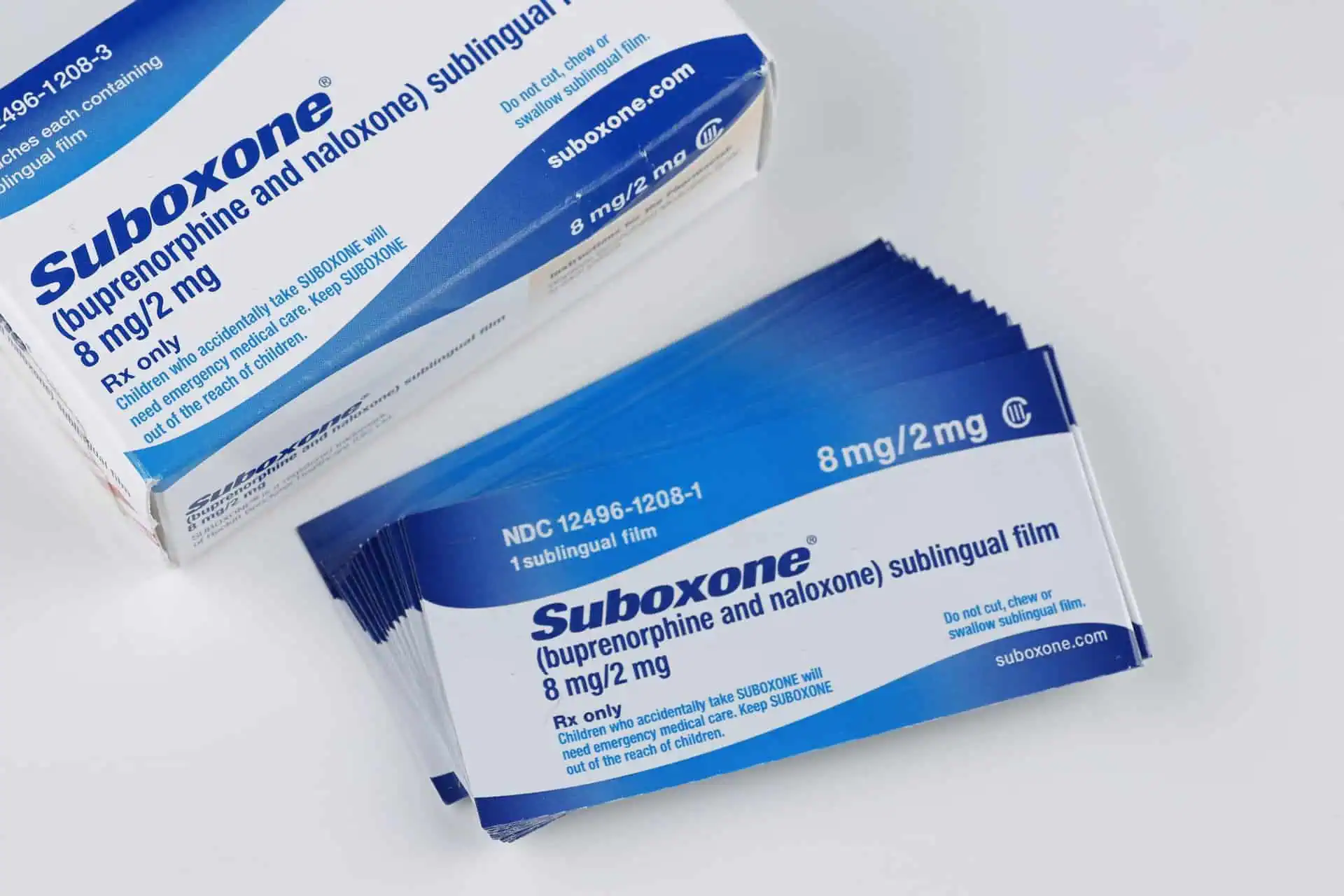The Suboxone lawsuit revolves around allegations of anti-competitive practices and potentially misleading actions taken by the manufacturers of Suboxone, a medication widely used in the treatment of opioid addiction.
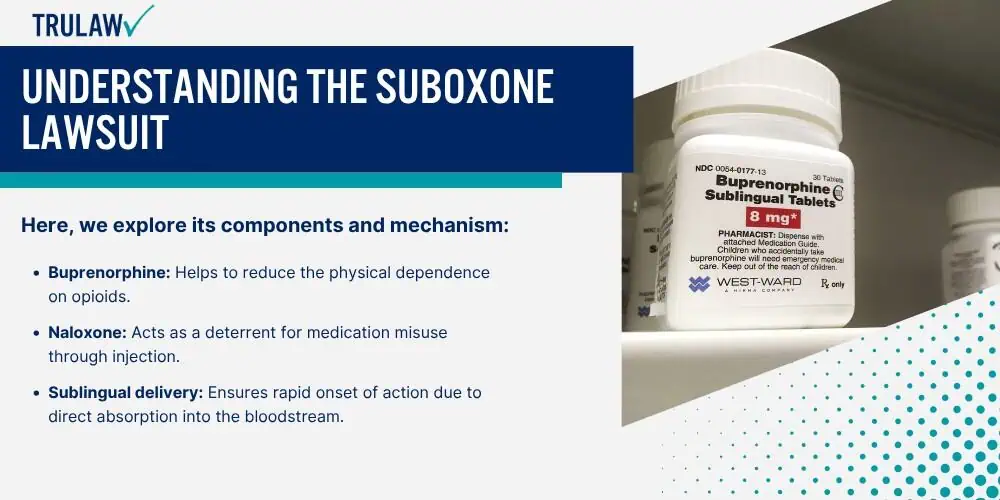
What Is Suboxone And How It Works
Suboxone is a medication specifically designed to treat opioid addiction.
It contains two main active ingredients: buprenorphine, a partial opioid agonist that alleviates withdrawal symptoms and cravings, and naloxone, which counters the effects of opioids to prevent abuse.
The medication is most commonly administered as sublingual films, which dissolve under the tongue to provide a controlled dose.
Here, we explore its components and mechanism:
- Buprenorphine: Helps to reduce the physical dependence on opioids.
- Naloxone: Acts as a deterrent for medication misuse through injection.
- Sublingual delivery: Ensures rapid onset of action due to direct absorption into the bloodstream.
- Combination therapy: The mix of buprenorphine and naloxone is crucial for a dual approach to addiction treatment.
Allegations Against The Manufacturers Of Suboxone
The manufacturers of Suboxone have faced lawsuits concerning their commercial practices.
Allegations include attempts to block generic competition and making unfounded safety claims to promote the Suboxone sublingual films over Suboxone tablets.
Key points in the allegations are:
- Monopoly tactics: It has been claimed that the manufacturer engaged in practices to maintain market dominance.
- The transition from tablets to films: The shift was allegedly driven by a desire to prevent generic alternatives from entering the market.
- Impact on consumers: These actions potentially led to increased costs for individuals prescribed Suboxone.
- Legal outcomes: There have been substantial settlements indicating acknowledgment of the claims by the manufacturers.


